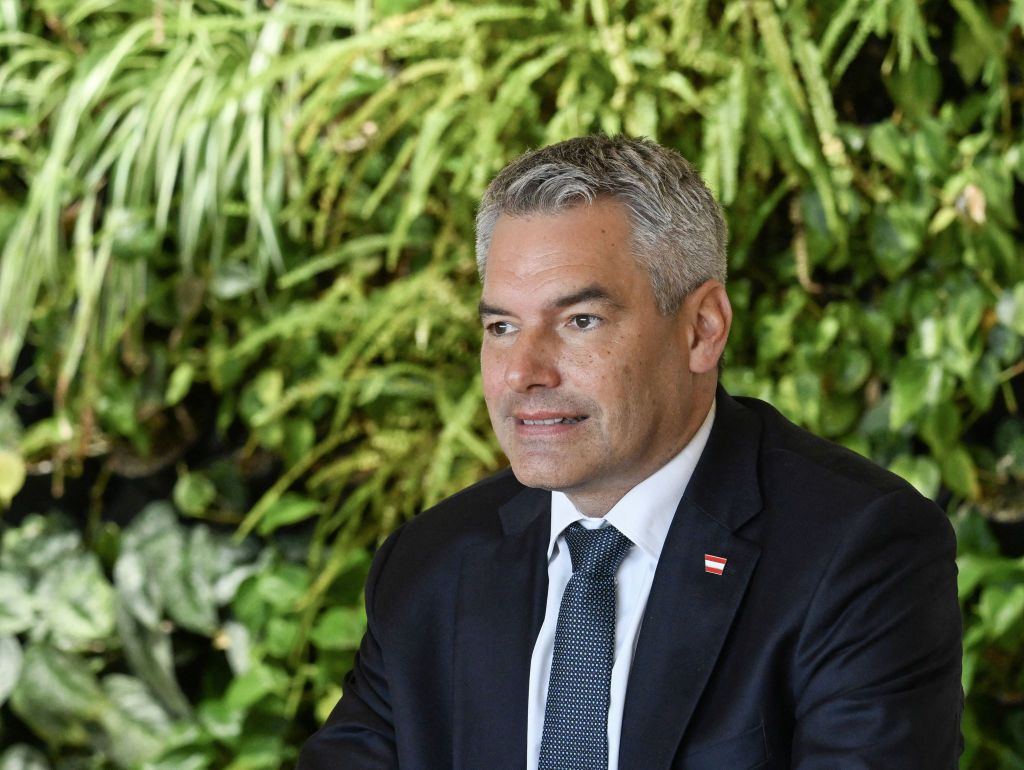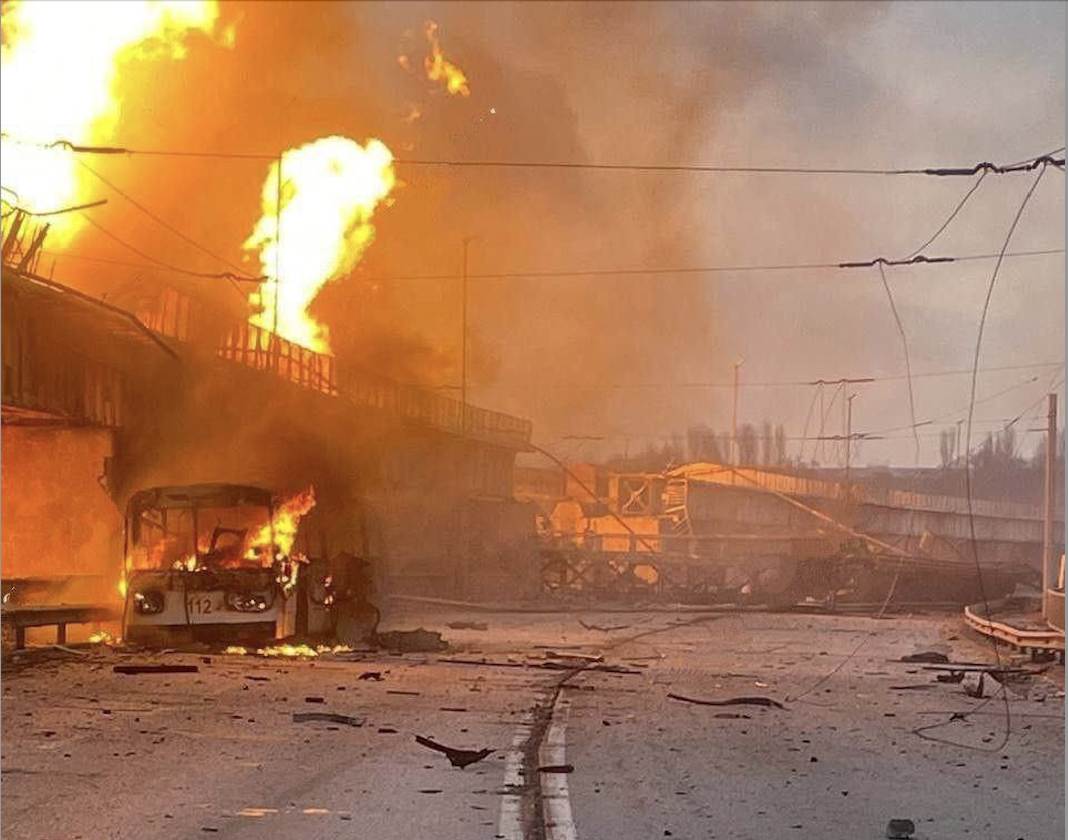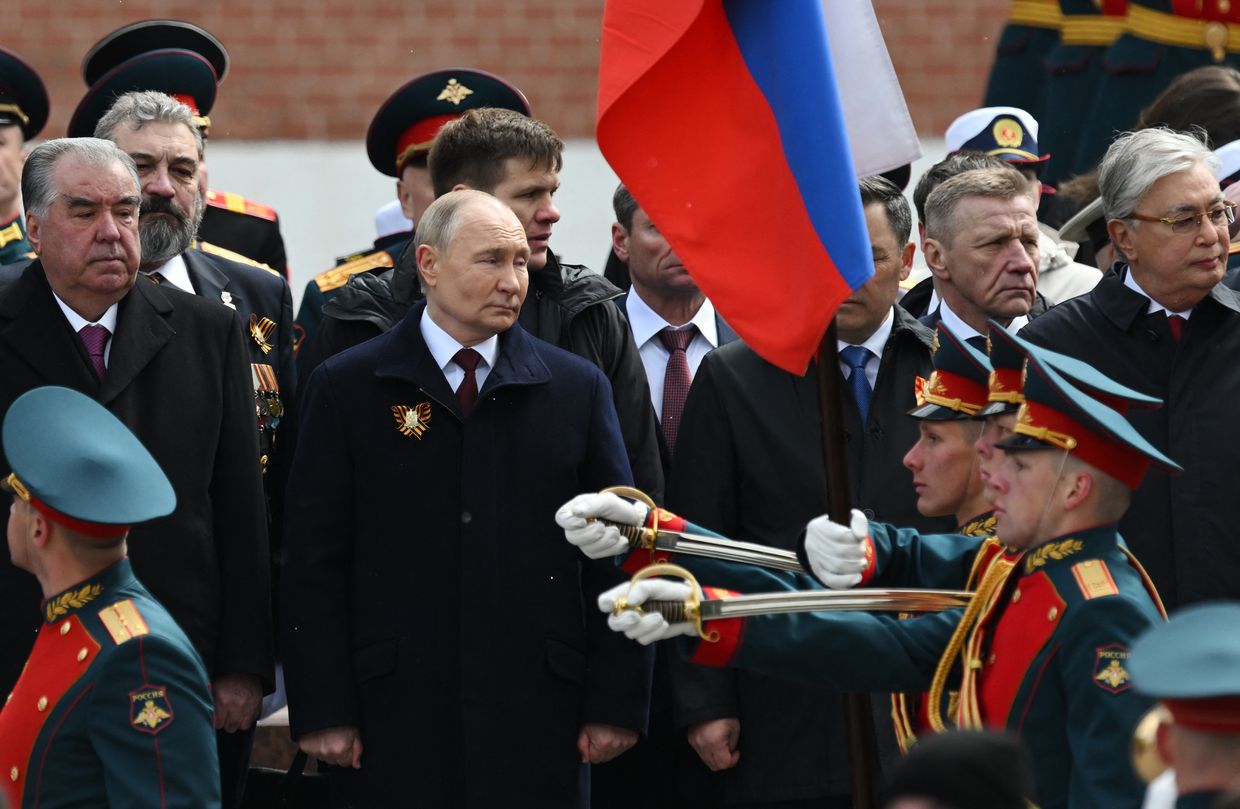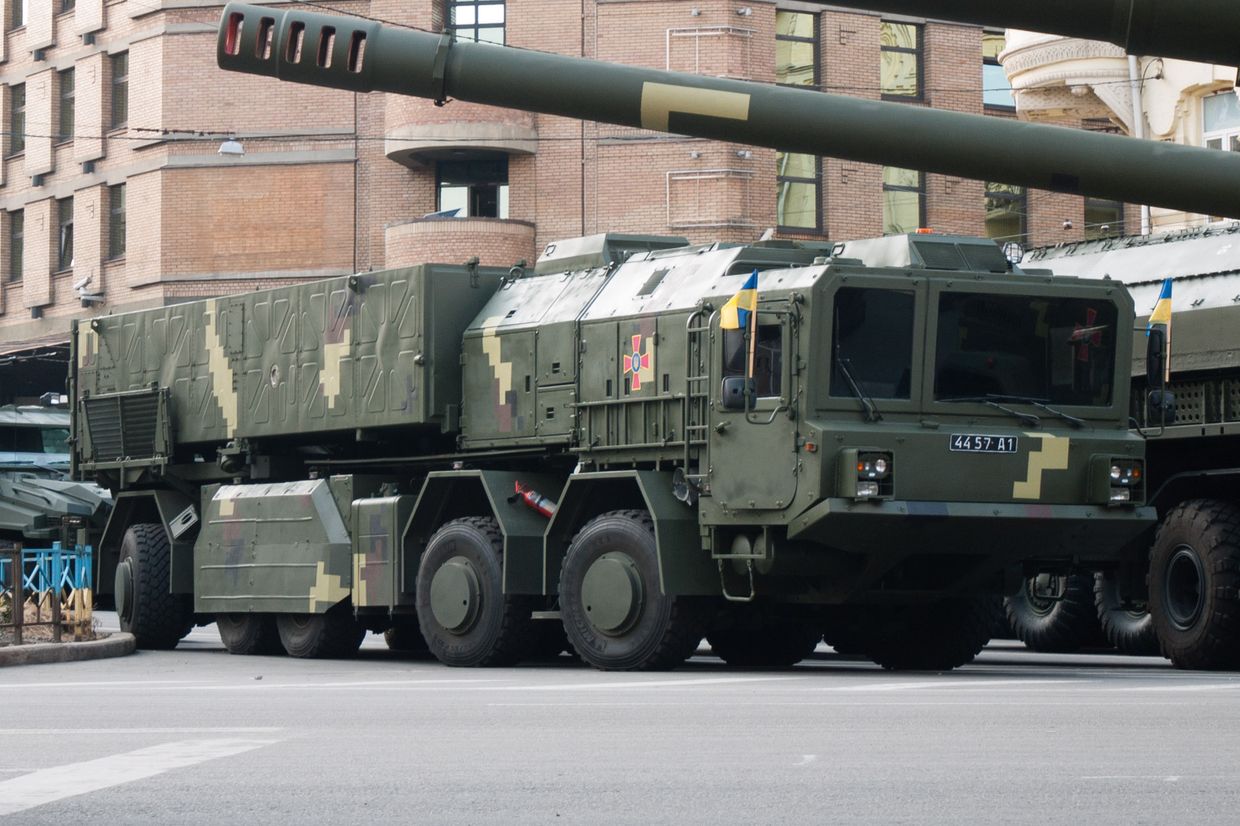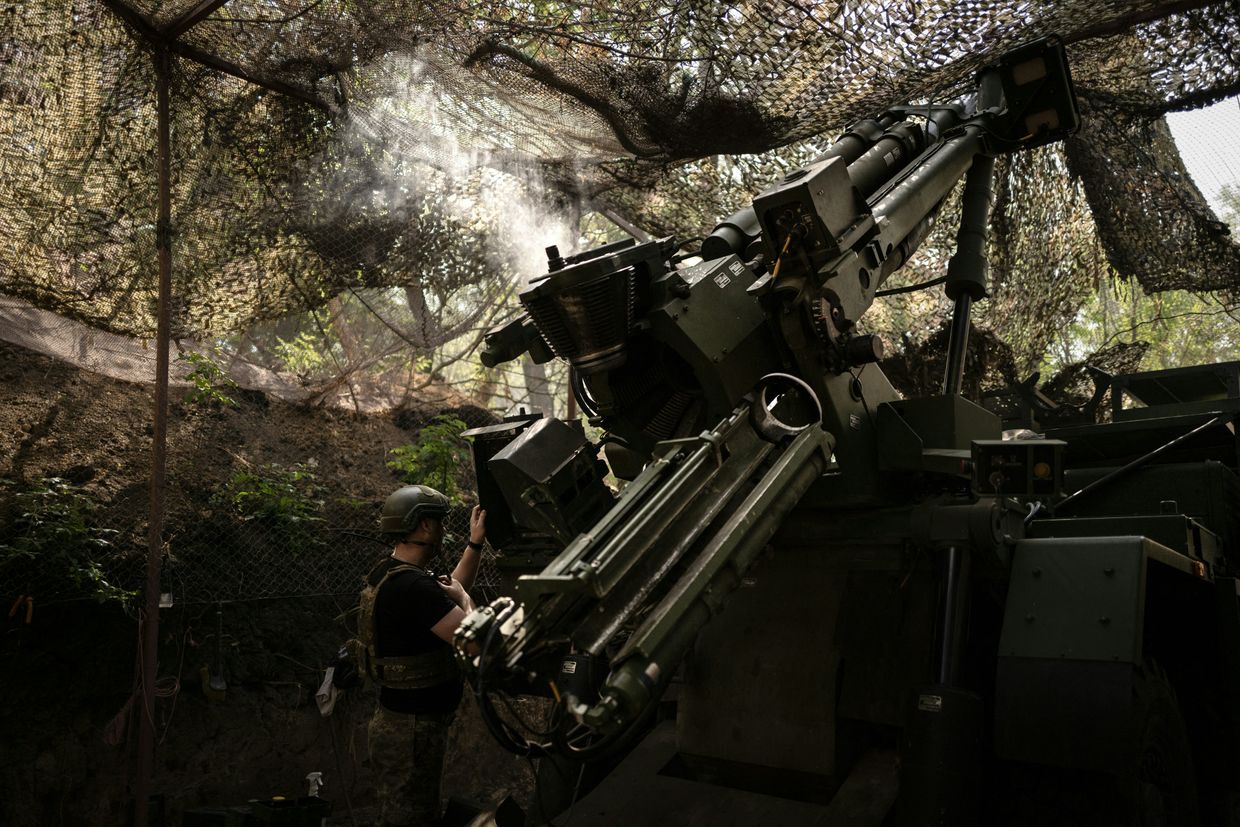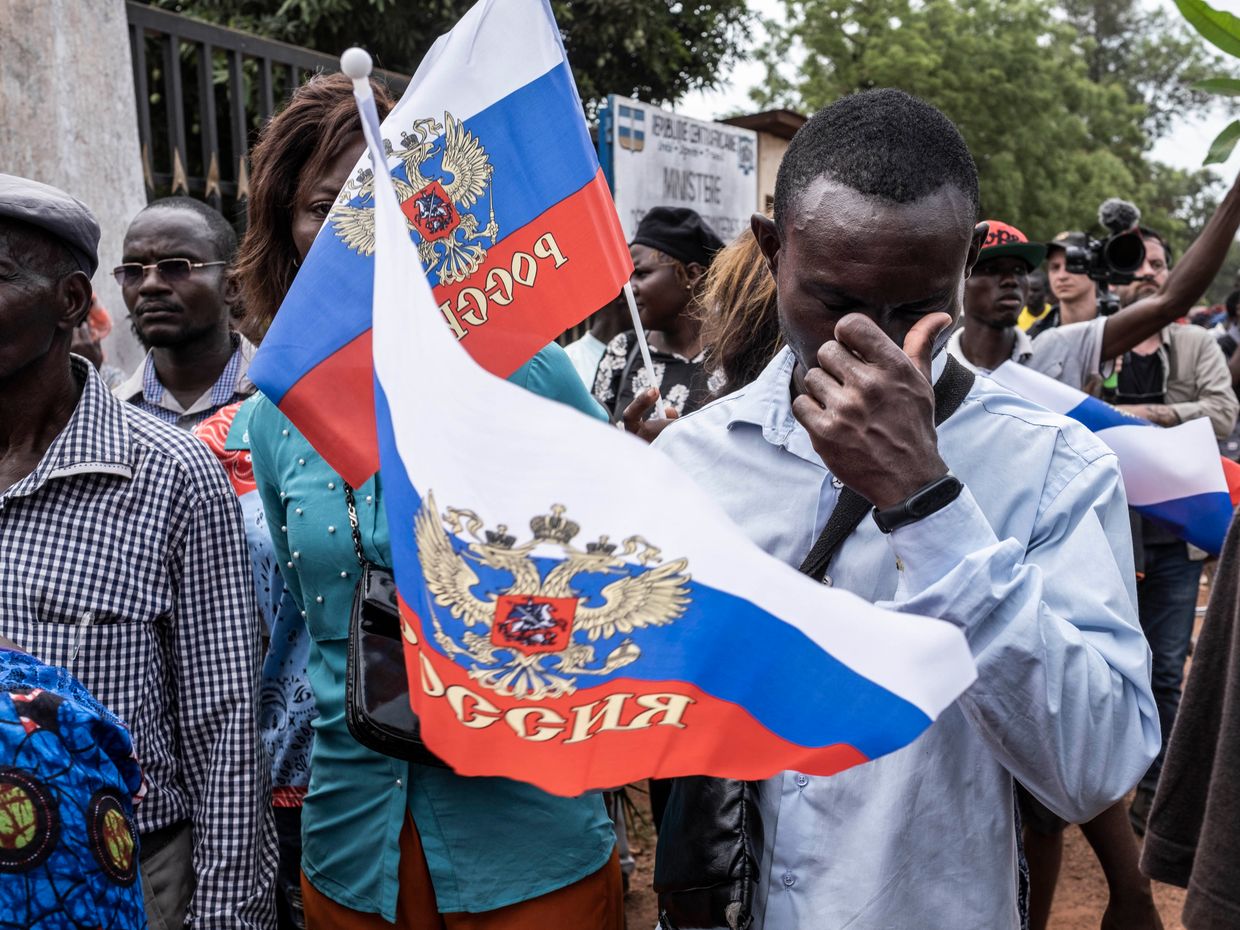Editor’s Note: This is issue 124 of Ukrainian State-Owned Enterprises Weekly, covering events from March 16-22, 2024. The Kyiv Independent is reposting it with permission.
Corporate governance of SOEs
Corporate governance, privatization, and state-owned banks’ non-performing loans prioritized in the government’s Ukraine Facility reform plan for 2024-2027. On March 18, Prime Minister Denys Shmyhal reported that the Cabinet approved a reform plan for the 50-billion-euro Ukraine Facility program. In 2024, Ukraine would receive about 16 billion euros under that program, he added.
On March 20, Shmyhal handed the plan over to President of the European Commission Ursula von der Leyen. Ukraine expects it to be endorsed by a committee of EU member states in April 2024. After that, the new funding instrument would finally enter into force, Shmyhal said.
According to the Cabinet, the plan has 70 categories, including structural reforms in the public sector and economic reforms to develop the business climate and entrepreneurship.
In what follows, we focus on the proposed reforms in the financial markets, given the dominance of state-owned banks in the banking sector, and the management of public assets.
Financial markets
Reform 1. Assessment of the banking sector
- Publication of the Resilience Assessment of the largest banks in the banking system (in terms of assets) (Q1 2026).
Reform 2. Reducing state ownership in the banking sector
- Entry into force of the legislation on the principles for the sale of state-owned banks (Q1 2026).
In effect, this suggests that the government does not intend to privatize state-owned banks before mid-2026 (see also our comments below).
According to the updated IMF Memorandum (see below), in preparation for the privatization of state-owned banks, the Finance Ministry, in consultation with the National Bank of Ukraine and international financial institutions, is reviewing and updating the 2012 draft law on privatization of state-owned banks and will submit it to parliament by end-March 2024.
- Adoption of a strategy for the gradual reduction of state ownership in the banking sector (Q2 2026).
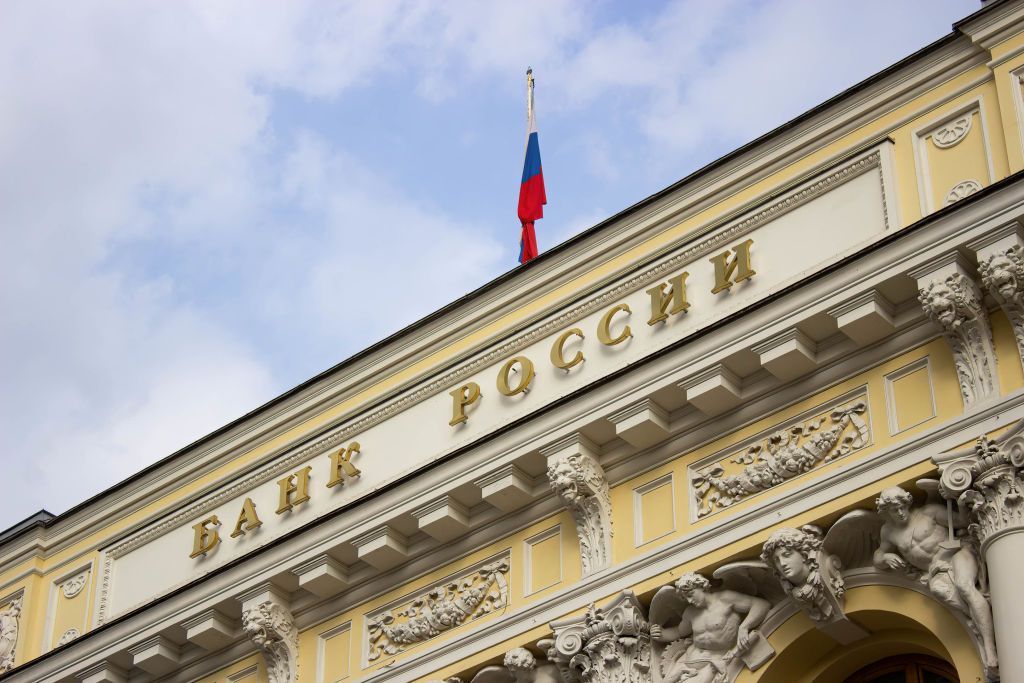
In effect, this suggests that the government does not intend to privatize state-owned banks before mid-2026.
According to the updated IMF Memorandum (see below), the Finance Ministry must appoint an internationally recognized financial advisor by the end of May 2024 to prepare two systemic state-owned banks – Sense Bank and Ukrgasbank – for sale.
As we reported in Issue 116, on Jan. 24, Yuriy Draganchuk, deputy finance minister, told Ekonomichna Pravda (EP) that late last year, foreign investors expressed interest in acquitting two Ukrainian state-owned banks, Ukrgasbank and Sense Bank. See Issues 116 and 119 for more detail.
As we wrote in Issue 120, according to the Cabinet’s Priority Action Plan for 2024, the Finance Ministry has until December to develop and submit a law on authorized capital, with the goal of reducing the government’s stake in the sector.
Reform 3: Improved resolution of non-performing loans (NPLs)
- Adoption of a strategy for the resolution of non-performing loans (Q2 2025).
- Entry into force of the legislation to improve the resolution of non-performing loans (Q1 2026).
Management of public assets
Note that the government’s proposed scope of public asset management reform is restricted to SOEs, while the definition of a public asset is broader, typically including real estate, infrastructure, land, and natural resources.
Reform 1. Adopting a state ownership policy
- Adoption of a state ownership policy and triage of SOEs (Q4 2024).
The deadline coincides with the deadline for a similar commitment in the updated IMF Memorandum.
Reform 2. Improved governance and management of SOEs
- Entry into force of the law on the corporate governance of SOEs (Q2 2024).
This long-awaited law aligning the SOE corporate governance framework with the OECD Guidelines on Corporate Governance of SOEs had been commonly known as Draft Law No. 5593-d. For detail on the improved legal framework for SOEs introduced by the law, see Issue 120.
As we wrote in Issue 122, on March 5, President Volodymyr Zelensky signed this law. The law was then published on March 8 and has, therefore, already entered into force.
- Appointment of supervisory boards with a majority of independent members in at least 15 SOEs from the list of top SOEs approved by the Cabinet of Ministers protocol decision (Q2 2026).
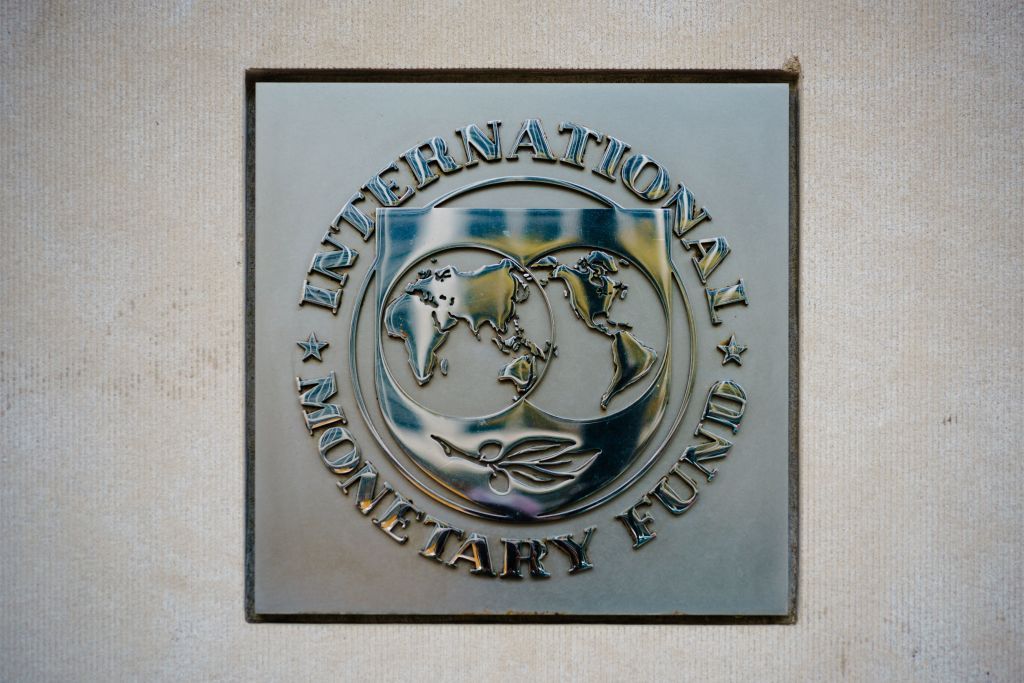
It is unclear whether the reform plan refers to the previously adopted Protocol Decision No. 62 dated July, 29 2020, regarding the enhancement of corporate governance in the top 15 SOEs, or a new decision is to be made, approving a new list. The reform plan itself does not list the top 15 SOEs.
- Corporatization of at least 15 SOEs from the list of top SOEs approved by the Cabinet of Ministers protocol decision (Q3 2026).
Same as above: It is unclear whether the reform plan refers to Protocol Decision No. 62 dated 29 July 2020, or a new decision to be made.
Note that 11 SOEs out of the top 15 listed in Protocol Decision No. 62 have already been corporatized.
- Entry into force of the legislation on consolidated SOE management entities (Q4 2027).
We are not aware of the legislation that is meant by this.
Reform 3. Separation of accounts with and without PSOs
- Adoption of a roadmap on the separation of public service obligation (PSO) and non-PSO activities (Q1 2025).
The roadmap refers to SOEs, although public service obligations are generally not SOE-specific. See also our comments below.
- Assessment, revision, and passage of a law separating PSO and non-PSO activities (Q3 2025).
- Independent audit report confirming the separation of PSO and non-PSO activities (Q3 2027).
Reform 4. Improved state aid control framework
- Cancellation of the suspension of state aid control and harmonization of the state aid law with the EU acquis (Q3 2025).
The application of the Law on State Aid was suspended for the duration of martial law in Ukraine.
The reform plan indicates that PSOs are equivalent to Services of General Economic Interest (SGEI) in the EU. Note that SGEI may in principle be provided by any entity, irrespective of its ownership, and they are thus not SOE-specific.
Moreover, the EU law sets the framework that generally compels a competitive bidding among service providers willing to perform SGEI. In Ukraine, services of general economic interest are defined by the Law on State Aid and are also not SOE-specific.
In that respect, a staid aid reform would be better placed under “Public Financial Management” or “Business Environment," and PSO reforms, under respective key sectors (such as “Energy” or “Transport”) rather than under a category dealing with SOEs.
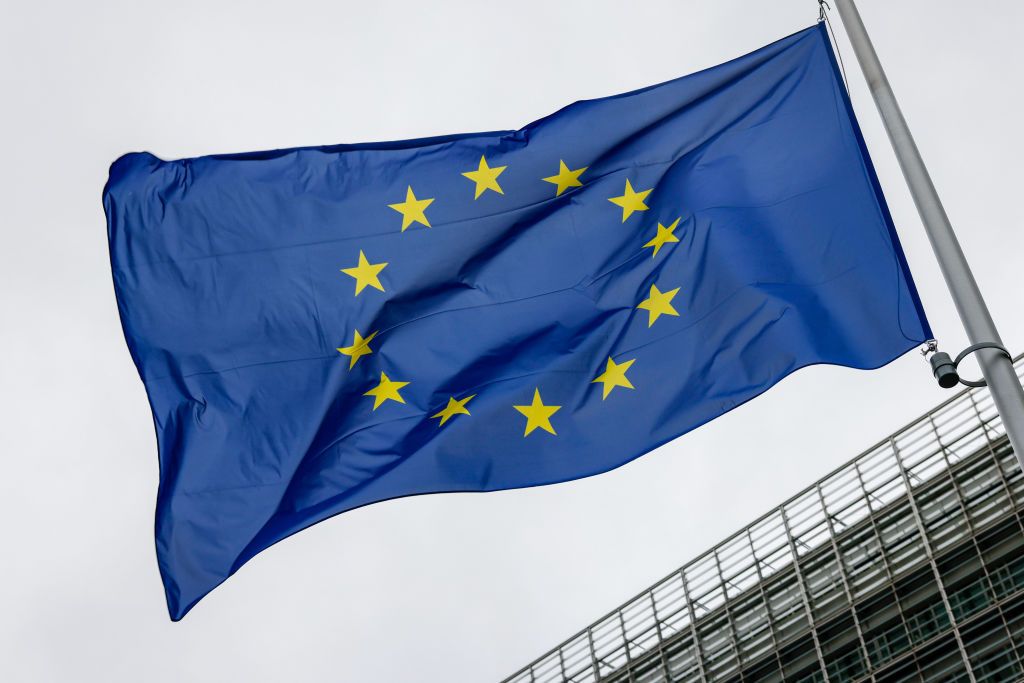
Note also that the Antimonopoly Committee of Ukraine is not listed among the implementers of Reforms 3 and 4, “Separation of accounts with PSOs” and “Improved state aid control framework."
Updated IMF Memorandum. On March 22, the International Monetary Fund (IMF) published an updated Memorandum of Economic and Financial Policies after its third review under the Extended Fund Facility (EFF) for Ukraine.
Ukraine’s key SOE-related commitments include:
- By the end of May 2024, the Finance Ministry must appoint an internationally recognized financial advisor to prepare two systemic state-owned banks – Sense Bank and Ukrgasbank – for sale.
- In preparation for the privatization of state-owned banks, the Finance Ministry, in consultation with the National Bank of Ukraine (NBU) and international financial institutions, is reviewing and updating the 2012 draft law on privatization of state-owned banks and must submit it to parliament by end-March 2024.
All systemic banks with majority state ownership will fall under the responsibility of the Finance Ministry, and any non-systemic banks that come under state ownership will not be recapitalized using fiscal resources and will be transferred to the Individuals Deposit Guarantee Fund (DGF) for resolution upon breach of prudential requirements (modified Continuous Structural Benchmark).
This structural benchmark was added in December 2023 after the IMF’s second review under the Extended Fund Facility (EFF) for Ukraine. See Issue 117 for more detail.
Its modification includes the prohibition of recapitalizing non-systemic banks with fiscal resources and the obligation to transfer them for resolution upon violation of prudential requirements.
The authorities will produce an SOE ownership policy, dividend policy, and privatization strategy by end-October 2024 (Structural Benchmark, reset from end-August 2024).
The authorities will identify major SOEs severely affected by the war and prepare a review of potential fiscal and quasi-fiscal costs (Structural Benchmark, end-September 2024).
The DGF, Finance Ministry, and NBU will prepare a bank rehabilitation framework in consultation with IMF staff (Structural Benchmark, end-December 2024).
Energy sector
Ukraine faces the largest Russian missile and drone attack on its energy facilities; Ukrenergo, Energoatom, and Naftogaz hit. On March 22, Ukrenergo reported that Russia launched another missile attack on Ukraine’s energy infrastructure.
Russia’s attack came on the night of 21-22 March 2024. According to Ukrenergo’s CEO Volodymyr Kudrytskyi, this attack was the largest ever, characterised by the use of combined weapons.
According to Ekonomichna Pravda (EP), Russian forces fired more than 63 Shahed kamikaze drones and almost 88 missiles of various types. Ukraine’s Air Defense Forces managed to destroy 55 kamikaze drones and 37 missiles. That is, at least 50 missiles and 8 drones could have hit targets.
The attack was carried out in different regions of Ukraine, against thermal and hydroelectric power plants, as well as against main substations operated by Ukrenergo, Kudrytskyi added.
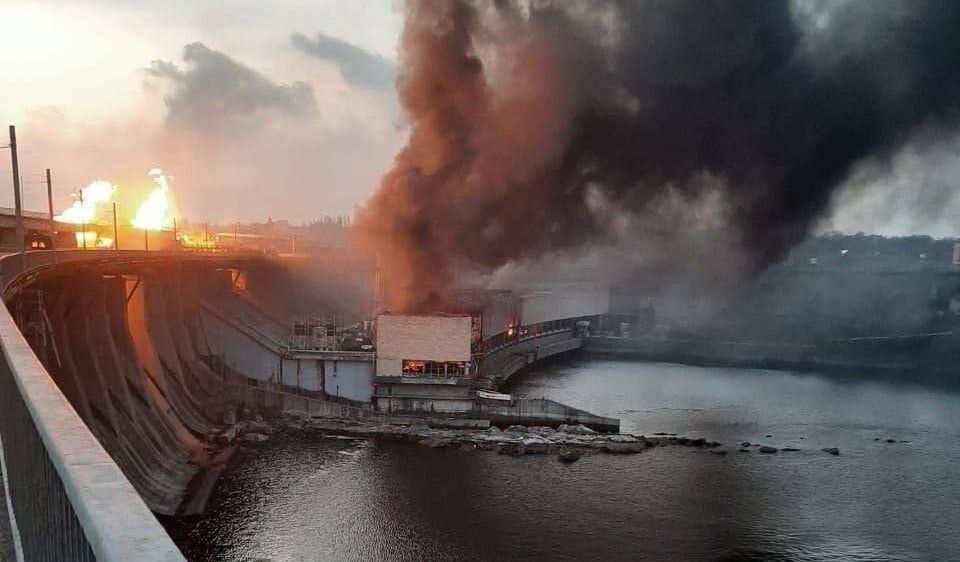
Energy Minister Herman Galushchenko added that the attack was aimed at causing a large-scale disruption to the country’s energy system. Although consumers in 12 oblasts felt the impact of the attack (Kharkiv, Odesa, and Khmelnytskyi oblasts were the most affected), the Russians did not achieve their main goal of black-out, the minister said. On March 23, he reported that critical infrastructure had already been powered in all regions, and restoration work was ongoing.
Energoatom reported that on March 22, the occupied Zaporizhzhia Nuclear Power Plant was once again on the verge of black-out due to a missile attack. Later, Ukrainian power engineers restored the power line to the plant.
Naftogaz Group also reported damage to its facilities due to the attack.
According to EP’s source in the Cabinet, the consequences of the latest attack are “very large-scale." “The main thing is that the power grid has not lost its integrity, but in many regions the damage to generation and distribution facilities is very serious,” he said.
A representative of a state-owned energy company told EP that the Russians had knocked out about 2,000 MW of generation during the attack, of which 1,500 MW was covered by emergency aid.
“We managed to avoid a black-out, but if such attacks continue in the future, a systemic failure is likely. It’s no secret that we are running out of missiles for our air defense systems due to the delay in U.S. military aid. Whether Ukraine would have another systemic failure depends directly on our Western partners,” the EP's source in the Cabinet summed up.
Dnipro HPP hit by eight Russian missiles, does not generate electricity. Russian missiles attacked the largest hydroelectric power plant (HPP) in Ukraine, the Dnipro HPP in Zaporizhzhia, Ukrhydroenergo reported early in the morning of March 22. The situation at the plant’s dam was under control, the company said.
Later, Ukrhydroenergo’s CEO Ihor Syrota reported that HPP-1 and HPP-2 of Dnipro HPP did not work. “Two missiles hit the Dnipro HPP-2 directly. The missiles hit the backbone. The crane beams were broken”, he said. According to Yuriy Belousov of the Prosecutor General’s Office, Russian missiles hit the Dnipro HPP eight times that night.
According to the State Environmental Inspectorate of Ukraine, the attack on the Dnipro HPP caused oil products to leak into the Dnipro.
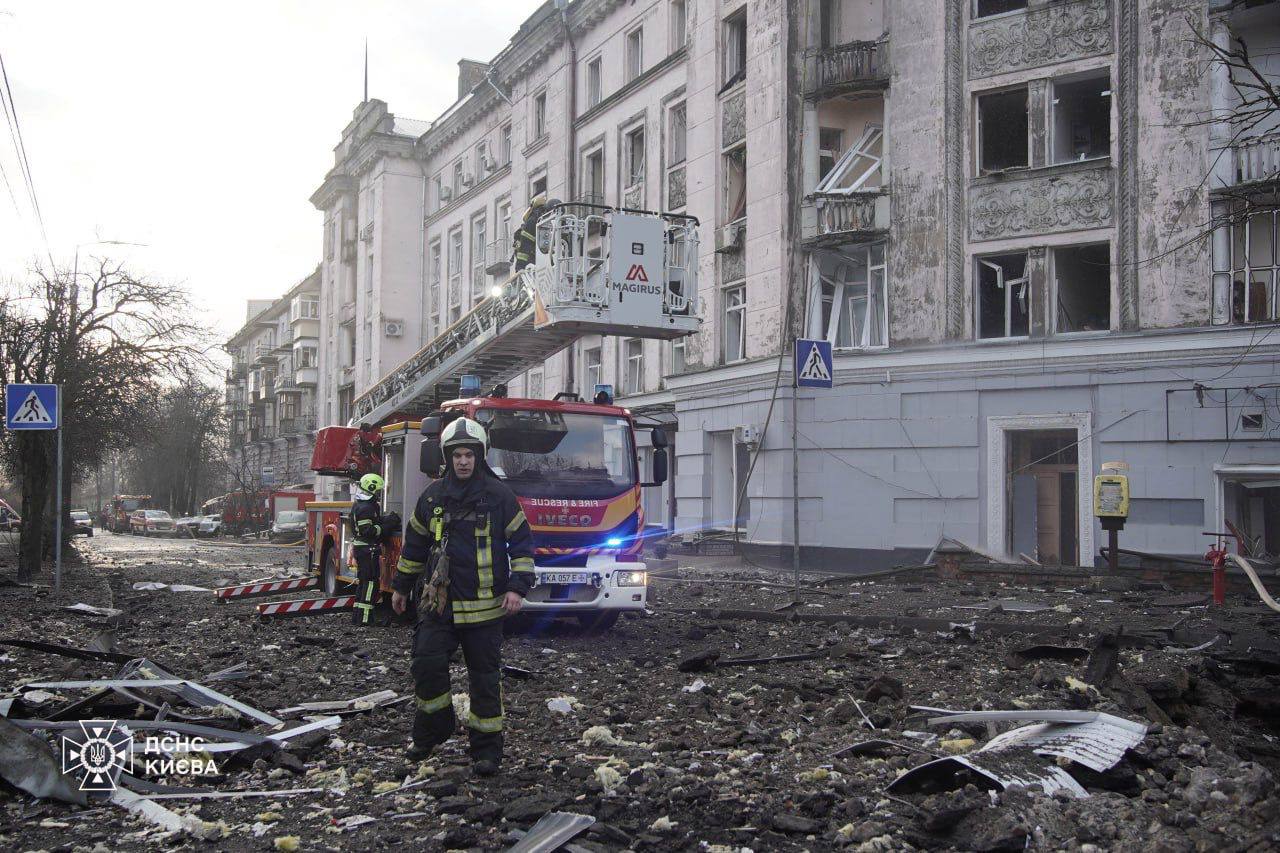
Later, Dnipro HPP managed to launch some of the equipment, but the plant was not yet generating electricity.
Syrota also stressed that the inadequate response of the international community to the Kakhovka HPP disaster led to the current situation with the Dnipro HPP. If there had been rational decisions and sanctions imposed by the international community, Russian occupiers would not have dared to fire missiles at our hydroelectric facilities again, he said.
As we wrote in Issue 91, on June 6, 2023, Ukrhydroenergo reported that the Kakhovka HPP was destroyed beyond restoration after the Russians set off a massive explosion in the engine room. See Issue 91 for more detail.
Later, Syrota said that all Dnipro HPP’s employees were alive. According to him, Ukrhydroenergo is currently trying to analyze the situation. A full assessment and examination would take about three days.
There is no threat of a dam breach. There is some surface damage, but the dam itself is intact, he also said.
“Part of the ceiling and walls in the engine room collapsed. The plant will need to restore electrical equipment and hydraulic units. Everything will be restored, it’s just a matter of time," Syrota added.
On the evening of March 22, passenger car traffic, which had been suspended after the attack, resumed at the Dnipro HPP dam.
Syrota also noted that Ukrhydroenergo has an important function of covering the difference in electricity tariffs for households. Because a lot of equipment must be repaired, that function is now under threat, he stressed.
On Macrh 23, Energy Minister Herman Galushchenko said that the situation at Dnipro HPP was difficult. The aftermath of the attack was being mitigated, after which the time required for restoration work would be assessed, he said.
Confiscation of Russian assets, nationalization, and asset seizure
Ukrnafta and ARMA sign acts of acceptance for the transfer of Glusco assets; the minimum monthly guaranteed payment for Ukrnafta increased to Hr 7 million. On March 15, Ukrnafta and the Asset Recovery and Management Agency (ARMA) announced the signing of acceptance certificates for the transfer of the seized Glusco chain assets.
Ukrnafta receives the seized corporate rights of enterprises, real estate in the form of petrol stations, as well as land plots, oil depots, and other assets, the company said.
ARMA also changed the terms of the management agreement. The state would now receive 90% of the net profit instead of 85% agreed earlier; the other 10% is the management fee. At the same time, the minimum monthly guaranteed payment to be paid by Ukrnafta regardless of profit has been increased from Hr 5 million ($127,000) to Hr 7 million ($178,000).
ARMA terminated its petrol station management agreement with Naftogaz Oil Trading on Aug. 3, 2023. The Agency reported on Aug. 8, 2023 that the Energy Ministry supported its proposal to transfer the Glusco network to the management of Ukrnafta under a special procedure. See Issue 99 for detail.
In September 2023, the Cabinet of Ministers decided to place the Glusco chain under Ukrnafta’s management. Under the management agreement, Ukrnafta had to pay at least Hr 5 million per month, regardless of financial results, and 85% of profits from managing Glusco’s assets into the state treasury, ARMA then stated. See Issue 102 for detail.
On Jan. 9, ARMA accused Ukrnafta of failing to comply with the conditions and initiated the cancellation of the Cabinet’s decision. Later, as we reported in Issue 117, ARMA agreed to let Ukrnafta manage Glusco after Ukrnafta paid Hr 21 million ($535,000) to the state budget as a guaranteed payment under the management agreement.
As we wrote in Issue 123, on March 14, the Antimonopoly Committee of Ukraine allowed Ukrnafta to take over the management of Glusco’s assets.
For more detail, see our Issues 99, 100, 102, 117, and 123.
Mykolaiv Alumina Plant, previously owned by sanctioned Russian oligarch Oleg Deripaska, under state management. On March 20, the State Property Fund announced that the Mykolaiv Alumina Plant’s nationalization was now complete. According to YouControl, SPFU now is the sole owner of the company.
One of the largest non-ferrous metallurgy companies in Europe, it has not been in operation since 2022.
In SOE Weekly Issue 70, we reported that the Justice Ministry filed a lawsuit with the High Anti-Corruption Court (HACC), seeking to seize assets belonging to Deripaska.
According to the ministry, Deripaska’s Rusal group, one of the world’s largest aluminum producers, supplied aluminum products to Russia’s defense industry, which used them to produce weapons and ammunition.
Some of these aluminum products were made of raw materials of Ukrainian origin, produced by Mykolaiv Alumina Plant LLC. See Issue 70 for detail.
As we reported in Issue 73, on Jan. 30, 2023, the Prosecutor General’s Office (PGO) announced the seizure of Hr 32 million of the Mykolaiv Alumina Plant.
